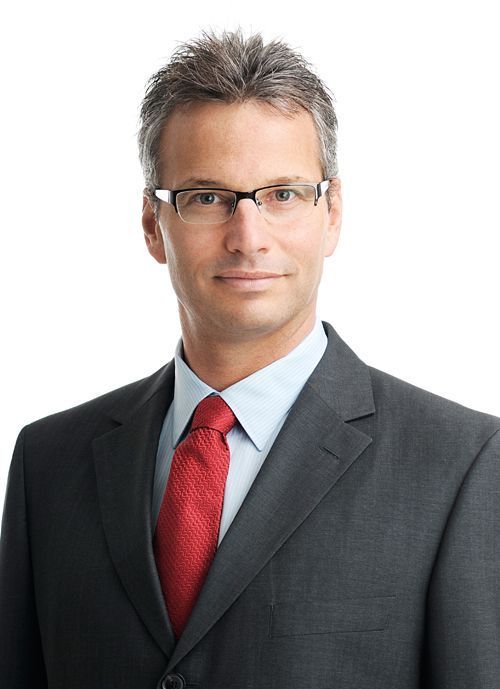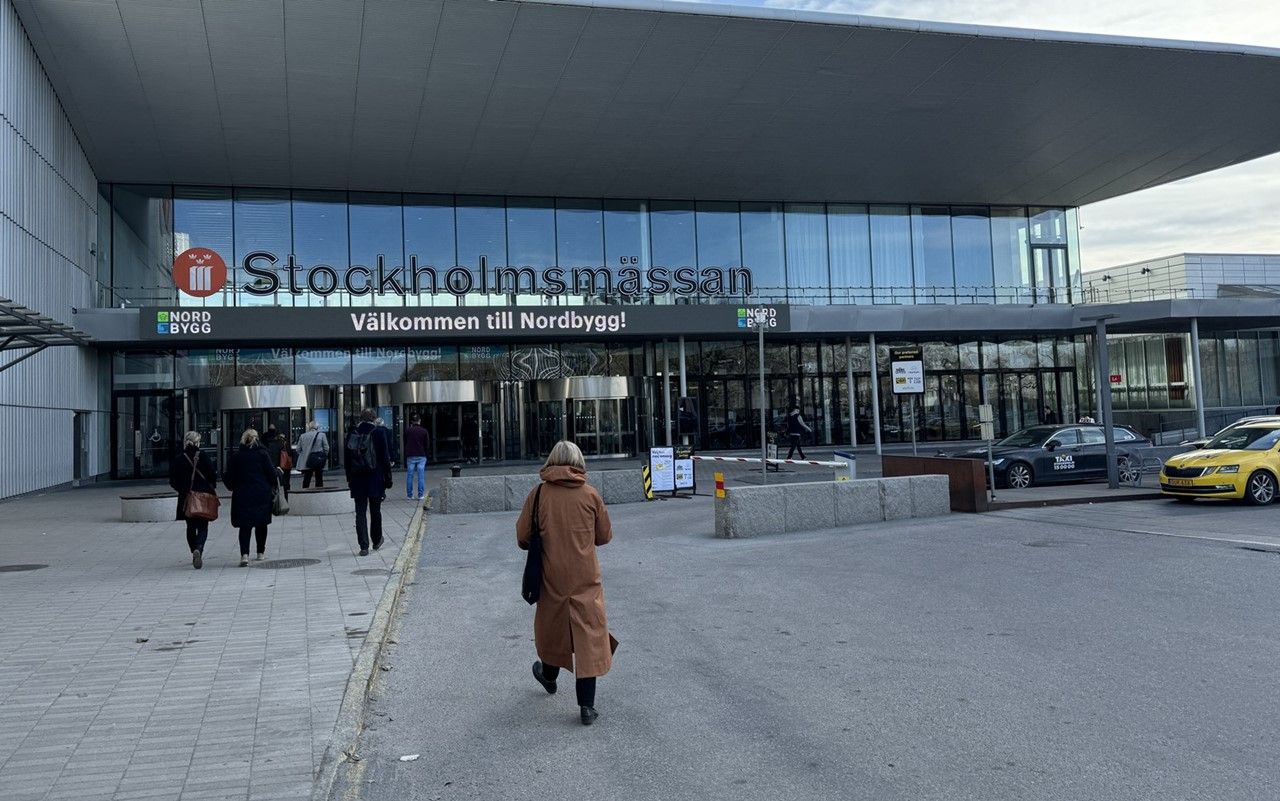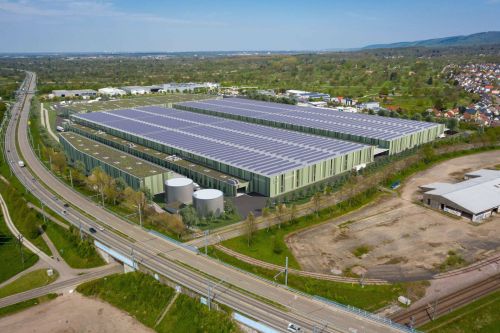Back from the brink
Feature
Agata Kłapeć, ‘Eurobuild Central & Eastern Europe’: You have recently sold a plot in the Romanian city of Tîrgu Mure, originally earmarked for a EUR 80 mln, 34,000 sqm mall, as well as the 22,000 sqm Kragujevac Plaza shopping centre in Serbia. Does this signify a gradual withdrawal from the SEE market?
Ran Shtarkman, Plaza Centers’ CEO: We do not plan on exiting any of the markets we operate in. We have a very focused strategy, which embraces the development of shopping and entertainment centres wherever we can. This is our core business. However, if we see that there is an opportunity for us to sell the land we hold in those countries, and if we believe that for some reason developing a shopping centre in those places wouldn’t be possible – for instance, because of a lack of financing, too much competition on the local market, or simply because at that particular moment our priority is to focus on other, more attractive cities – under such circumstances, and only under such circumstances, will we be selling our land. But we will definitely continue to focus on working across the CEE region. We will continue developing shopping centres in Romania and Serbia, in the cities where we believe we could provide some added value to the local market and develop new projects.
What was wrong with those two locations?
In Târgu Mureș the retail space is currently saturated. Therefore we assumed that, for now, a new shopping and entertainment centre would not be needed. There is a place in the city for cheap development projects like big box centres, street malls or power centres, but this is not what we are doing. We are focused on developing shopping and entertainment centres located in the middle of cities, in very attractive locations, and with the substantial investment that attracts international retailers. We wanted to sell the plot, take the equity and invest it in another shopping centre that we are now developing in Romania, in Timișoara. We want to start construction work on the app. 40,000 sqm project at the beginning of 2016. It will be located in the Fabric district, in the eastern part of the city. We plan to officially start the leasing process at the beginning of 2015.
What about selling off your existing shopping centres?
Our strategy is to develop shopping and entertainment centres wherever and whenever we feel there is the potential to do it. If we feel that for the time being there is no chance of developing a mall in a particular location, we will definitely be selling such sites. And wherever we feel there are not many uplift opportunities for our existing centres, we will also be selling the shopping centres and focusing on new, more attractive assets. This was the case with Kragujevac Plaza. Selling the centre was a much better solution than keeping it, as we felt we were very close to its maximum potential. According to Plaza’s philosophy, there is nothing wrong with holding malls and profiting from them, but if we can get a good price, we will take the opportunity to sell and invest in new shopping centres.
Would the investment also include some better-located plots?
For the moment we are not necessarily looking for new sites for shopping centres, we prefer to focus on the land that we have – and now we have enough attractively-located plots to develop the projects we want to build. The shopping centre in Timișoara will be built on land we had in our portfolio. It is a matter of selecting a particular city in the SEE region, and not the markets themselves. When deciding on where we want to build, we extensively analyse each market from the economic, sociological and psychological angles, and examine its future potential. Based on that, we choose the particular location/city.
Are the emerging CEE markets, such as Serbia and Romania, being approached differently by international retailers than the region’s core markets, like Poland?
Serbia and Romania are definitely two fresh markets that are enjoying growing interest from international retailers. The opportunity we have is to bring the international retailers who are already our tenants onto more established CEE markets, such as Poland or the Czech Republic. Without any doubt, they are looking to cross new frontiers now. But we are also seeing interest from new retailers who want to enter the Romanian or Serbian markets. This includes a number of brands from the UK, Turkey, Poland and Spain, for example. These come on top of the “traditional” retailers we already work with in our centres. In general, we are capitalising on the expansion of international retailers. We can see that they are looking to expand their chains and increase their market share. Those that have already expanded in our centres include Sports Direct, TK Maxx and H&M.
How is the debt restructuring you are currently undergoing impacting your relationship with tenants? What are you doing to retain their trust?
I don’t think that the restructuring is playing any role in the decision processes of our tenants. Conversely, if you analyse our occupancy rates over the last six quarters you will see that in our malls every new quarter showed growth on the preceding quarter. The tenants know that the holding company’s debts have nothing to do with the SVPs that own the centres, and as long as they are happy with the performance of the malls, there is nothing to worry about. The average occupancy rate for all our malls now stands at app. 95 pct – proof of the confidence of retailers in our centres, some of which have been with us from the very beginning of our operations, 17 years ago. We shall continue to analyse the performance of the tenant mix in the centres to see whether they have room for expansion, or alternatively need to downscale. We are keeping our eyes open and trying to work as closely as possible with our tenants and listen to their occupancy needs.
You have closed some of your gaming company’s entertainment sections. Are you thinking about changing the Fantasy Park entertainment format?
We closed some of our Fantasy Parks in malls that weren’t ours, or that used to belong to us but we had sold. But these closures does not concern our shopping centres. We very much believe in this entertainment format. I always underline that our malls are not just shopping centres, they are shopping and entertainment centres. The entertainment element continues to play a crucial role in differentiating us from the rest of the market and attracting consumers to our centres, so we will continue with this entertainment format. We can see that this is still a fundamental component of a shopping centre that serves all groups of our customers all day long.
Do you expect the high street to gradually take the place of shopping centres in the CEE region?
Our philosophy is that a shopping centre is a one-stop shop. When you enter the mall, you can find whatever you want – you can go to the laundry, the supermarket, the cinema, the restaurants and the stores. The beauty of shopping centres, especially in the CEE region, is that they work very well both in the winter and in the summer, when they offer equally comfortable space to shop and spend time in, with either heated or cooled down space. This cannot be offered by the high street. ν
From global to local
Plaza Centers, part of Israeli group Elbit Imaging Ltd, was established in 1997 to develop malls in emerging markets. Severely hit by the crisis, the group sold its 47 US shopping centres in 2012 and switched its focus to operating and planned projects in Central Europe and India. In the last financial year, Plaza Centers, which is listed on the Warsaw and London stock exchanges, suffered a EUR 218 mln loss. However, in July 2014 the Dutch-registered company obtained court approval for its debt restructuring plan and is now paving the way towards its recovery by deleveraging and disposing of non-core assets, among other measures. After recently selling off its 22,000 sqm Kragujevac Plaza in Serbia to NEPI for app. EUR 39 mln, Plaza Centers now holds five shopping centres in the CEE region: in Riga, Liberec, Toruń, Zgorzelec and Suwałki, as well as a mall in India. In the CEE region alone, the company has a land bank of over 500,000 sqm.
Ran Shtarkman
Ran Shtarkman, who joined Plaza Centers in 2002, became the company’s CFO in 2004 before being appointed CEO in 2006. He previously served as CFO of SPL Software, as finance and administration manager of Continental Airlines, and as a controller of Natour.






















































